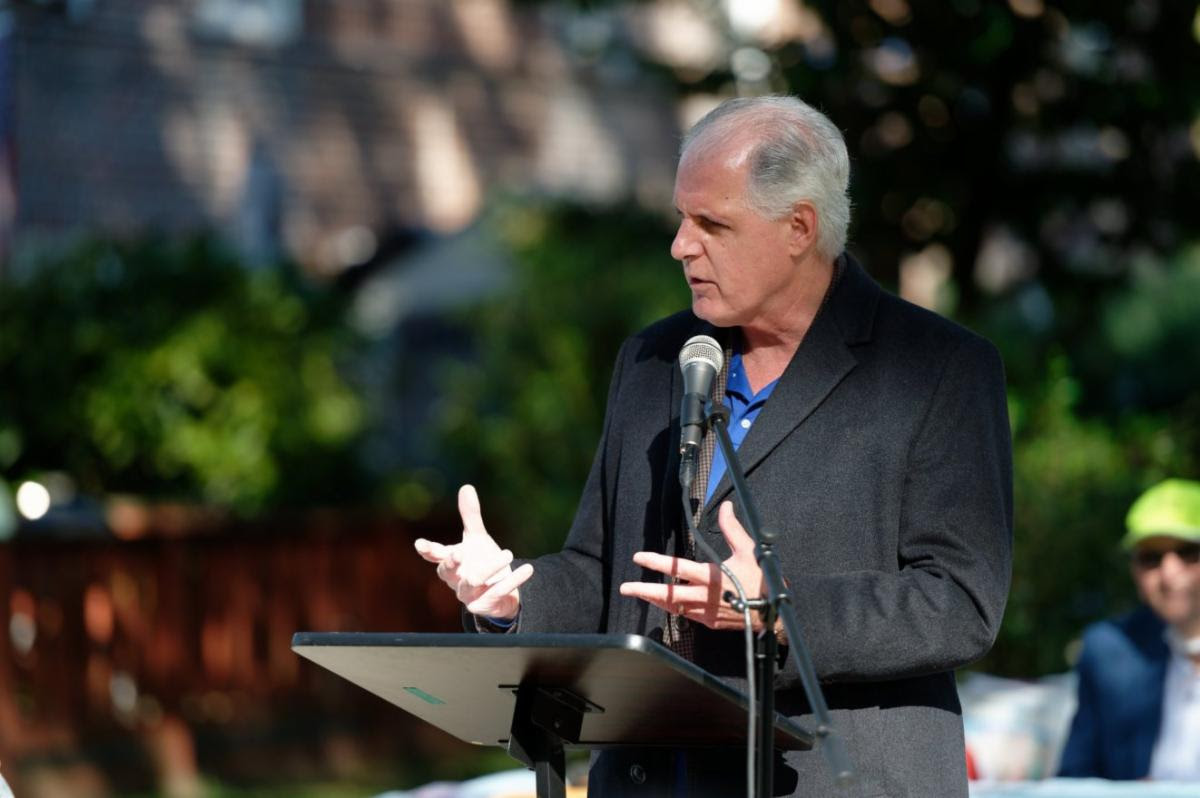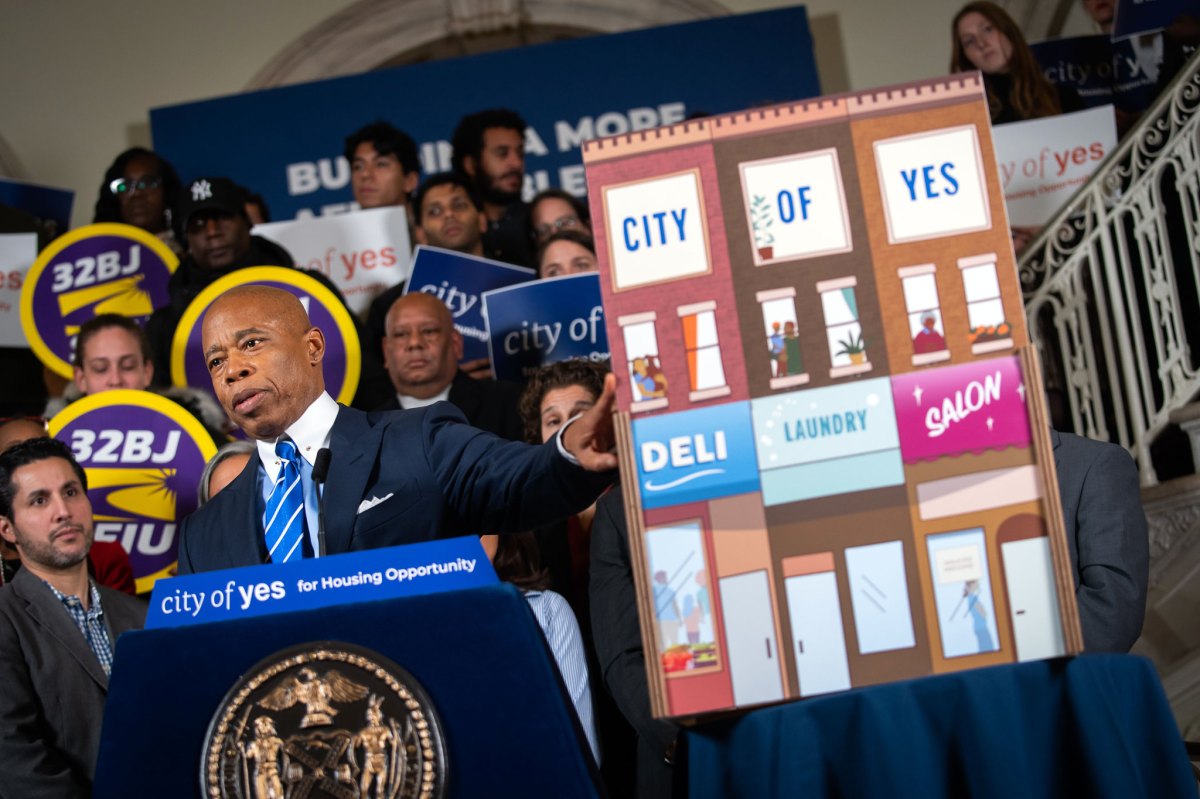
Rent-stabilized buildings are poised to raise prices beginning this fall.
The Rent Guidelines Board voted 5-4 Tuesday to eventually authorize owners to raise rent somewhere between 0.5 percent and 2.75 percent for one-year leases, and 1.5 percent and 3.75 percen for two-year leases. After weighing further testimony from landlords and their tenants, the board is to meet June 25 to set formal maximum rates by which owners can increase rent in leases inked as soon as October.
The board declined to authorize a so-called vacancy bonus, which allows owners to raise rents by as much as 20 percent when units are vacated. As state lawmakers weigh legislation that would reject this practice, at least one RGB member previously suggested a similar bonus be approved at the city level, according to The Real Deal.
The range did not sit well with neither tenants nor landlords.
"They betrayed us. They’re not concerned whatsoever with where we’re going to be at. If the wave continues, we’re all going to be living in the shelters," said Roman Sigilfrdo, 74, a retiree who says three-quarters of his earnings go to his $1,455 monthly rent in the Bronx, but his income is too high for the city’s rent freeze program for seniors. "Everybody is looking out for the landlords, for the landlord, for the landlords."
Owners of rent-regulated buildings saw their income, after paying operating expenses, increase 0.4 percent on average from 2016 to 2017, the 13th consecutive year the metric has grown, according to the latest research released by the Rent Guidelines Board.
The report, however, presented two net-operating income estimates.
By looking at filings with the city Department of Finance, the Rent Guidelines Board calculated the average monthly operating cost for units in stabilized buildings in 2017 was $984.
In 1992, when an audit was last conducted, the city found owners generally inflated operating and maintenance costs by about 8 percent. Applying that to current figures would put the average monthly operating cost closer to $904, according to the RGB.
Owners collected an average monthly rent of $1,353 per unit in 2017, which resulted in, on average, a net operating income of $540 or $620 a month for each unit, depending on which expense estimate is used, according to RGB data.
That metric does not include mortgage or debt service payments and the cost of improvements.
"They’re clearly not taking into consideration how high owners’ costs have gone up, not just this year, but in all years past," said Vito Signorile, communications director at the Rent Stabilization Association, which represents owners of rent-regulated apartments. "We’re hopeful at this point that we can work closely with the board members to show them that they must vote at the end of the June for the highest possible [increase] in this range."





































